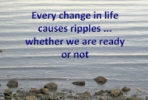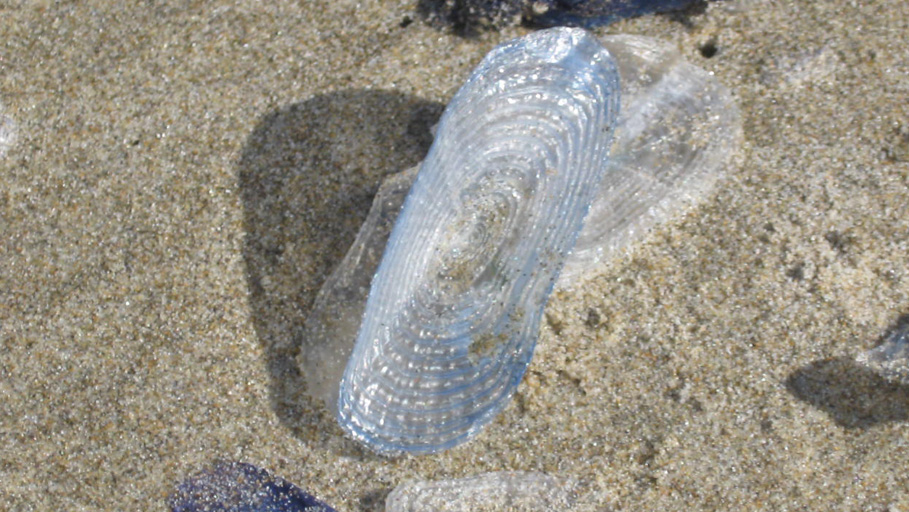Sandra’s Tips – A Fresh Feast for Writers
Hi Writers!
There is nothing like fresh, crisp lettuce or bright red tomatoes in a salad … or fresh details in a story. But what makes a story fresh?
Don’t contort your plots or twist your characters (more than necessary anyway!) to artificially try for something fresh. Because, really, there are no new plots, just new specifics, new characters, new circumstances, new settings, etc. It is the details in a story that makes it memorable. And sensory details make the most impression.
I see it all too often: writers forget to feed their characters!
Yikes.
Please don’t forget to feed them, not just because it’s the kind thing to do, but because you can also add depth to characterization and stimulate your readers senses at the same time.
THE WHY: Have you ever watched someone eat? How picky one person is, pushing food about as if examining every morsel and passing judgment before eating it. Or stabbing food and shoveling it in, barely two chews from a gulping swallow. We learn a great deal about people by how they love and savor food or barely tolerate it.
THE HOW: Employ these character-building traits of how a character eats for your story characters as well. These actions of how a character eats are marvelous and natural ways to show your characters’ basic attitudes as well as their current state-of-mind.
Let’s see how the ogres eat compared to the magicians (I’m betting the ogres only use their hunting knives–or maybe just their fingers!–and the magicians use proper forks).
Or what six-year-old Sally eats first compared to her babysitter, nineteen-year-old Andrea.
Or where the huntsman perches himself to eat compared to the Indian guide.
THE WHAT: Not to mention WHAT they eat! Immerse us in the sensory delights of food with lots of the tastes, smells, colors, textures. Make your reader salivate or cringe, but give us enough sensory details to get reader reactions. There is nothing like food descriptions to plunge your reader, taste bud-first, right into a scene.
Figure out what kinds of reactions do you want. And how a food gathering of characters with their reactions can add to the atmosphere of the scene. Good, bad, happy or nasty, plunge us into the tasty bits and bites that make YOUR scene all too real:
- A long loaf of crusty bread, torn apart and sopped up in salty broth.
- Clumps of stringy, grey meat from some unknown creature floating in lumpy gravy among hunks of purple-skinned rutabagas
- Beer with the tang of oranges and a yellowed froth that clings to a mustache.
- Chunky peanut butter squeezed mercilessly out from dark rye bread and licked off fingers.
- A thin slice of sweet and ice-cold melon slipped between the lips.
We’ll learn much about your characters in your important food-and-meeting scenes. And every detail adds to the fresh feel–and taste of the story.
Gotta go – I need to start dinner!






